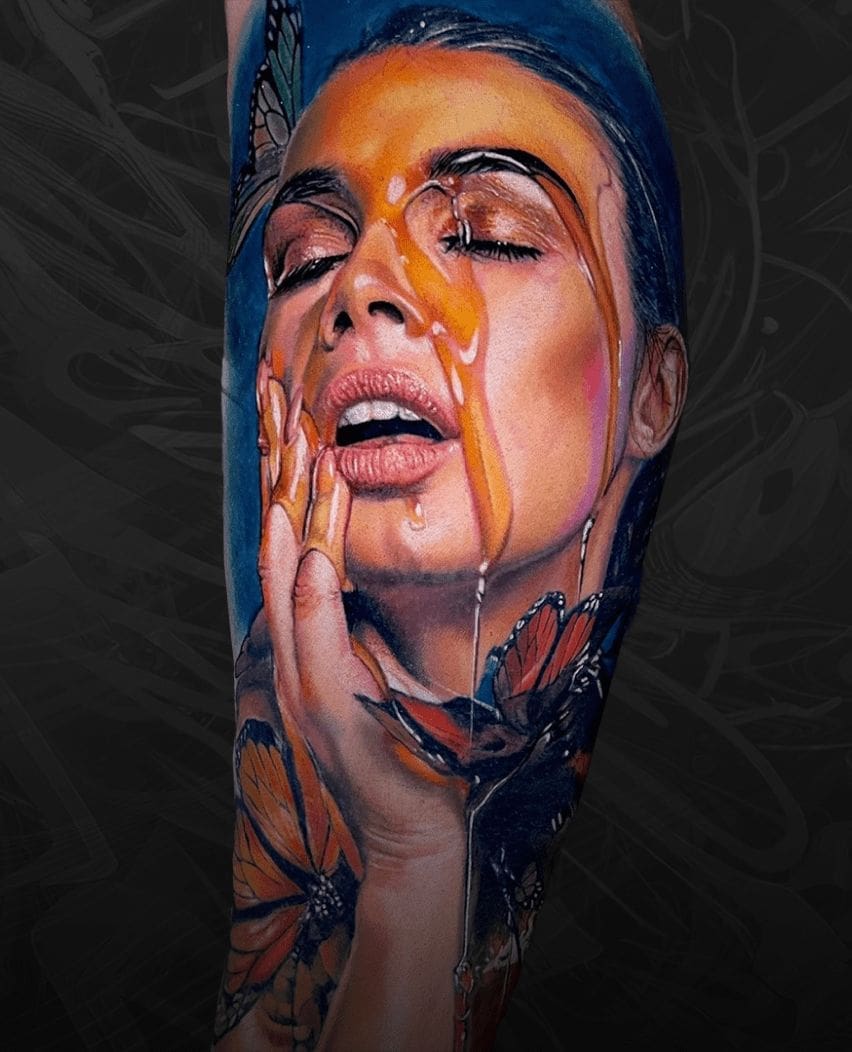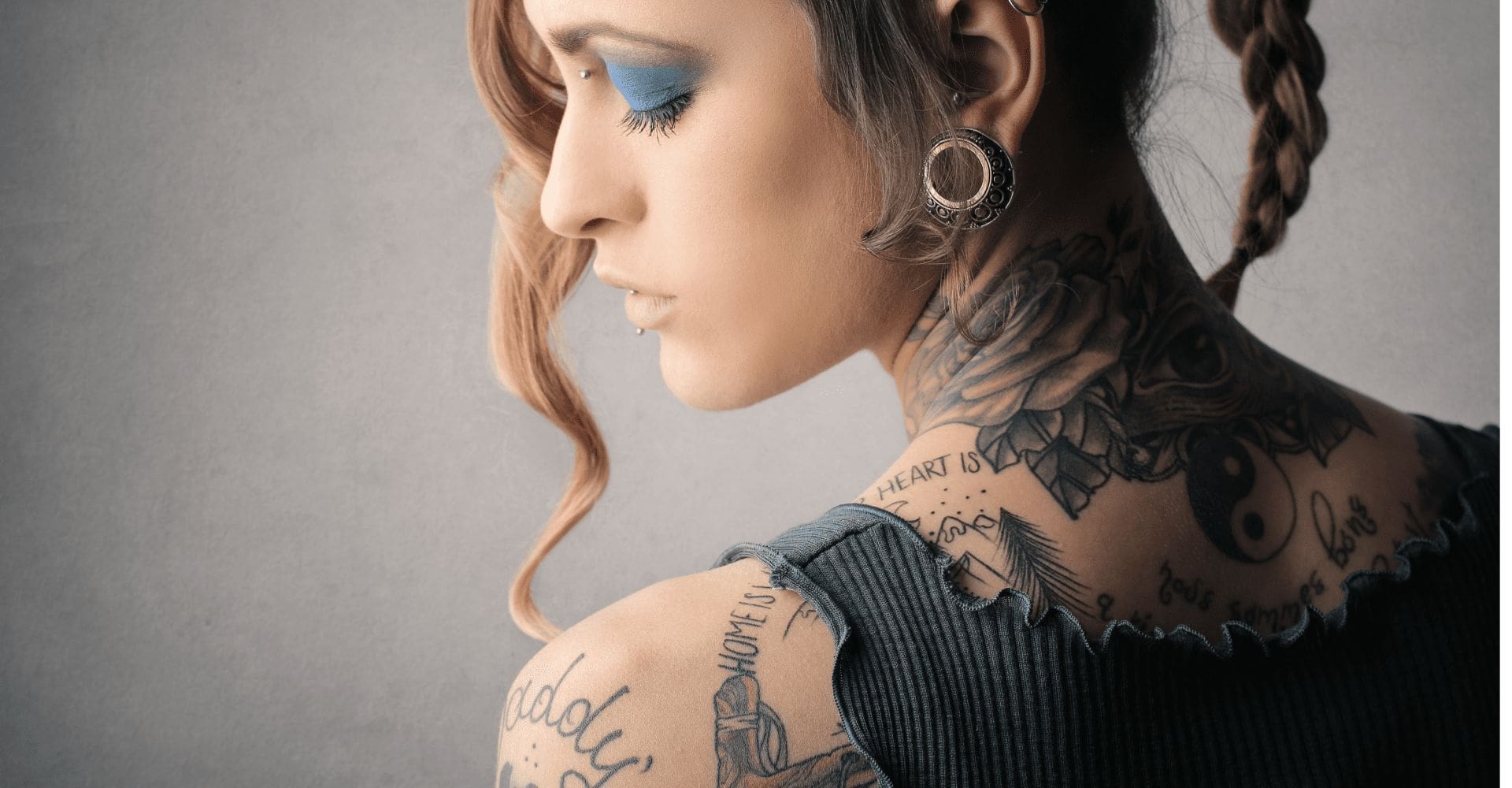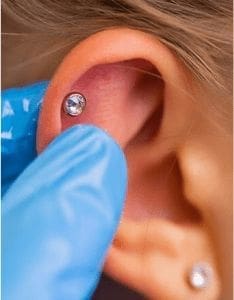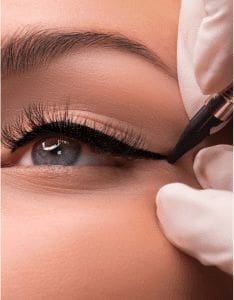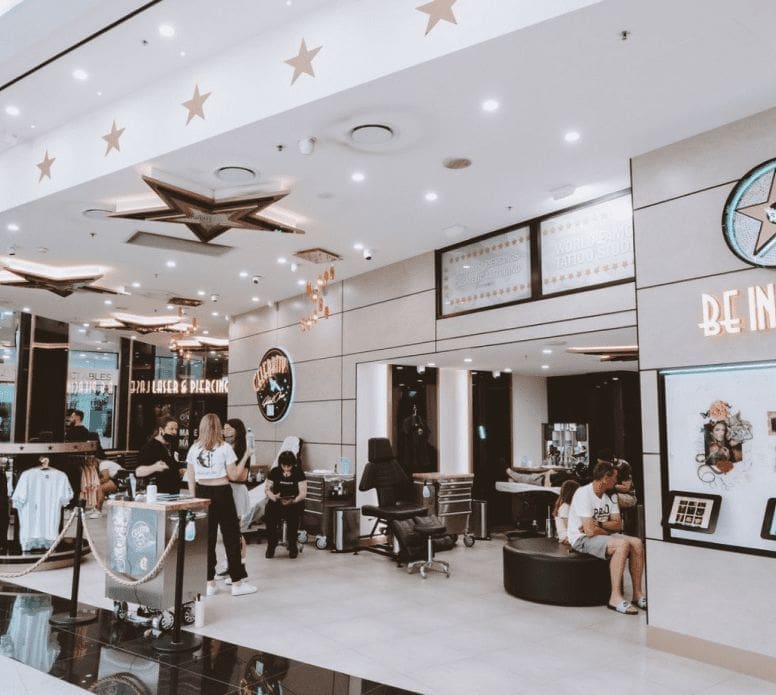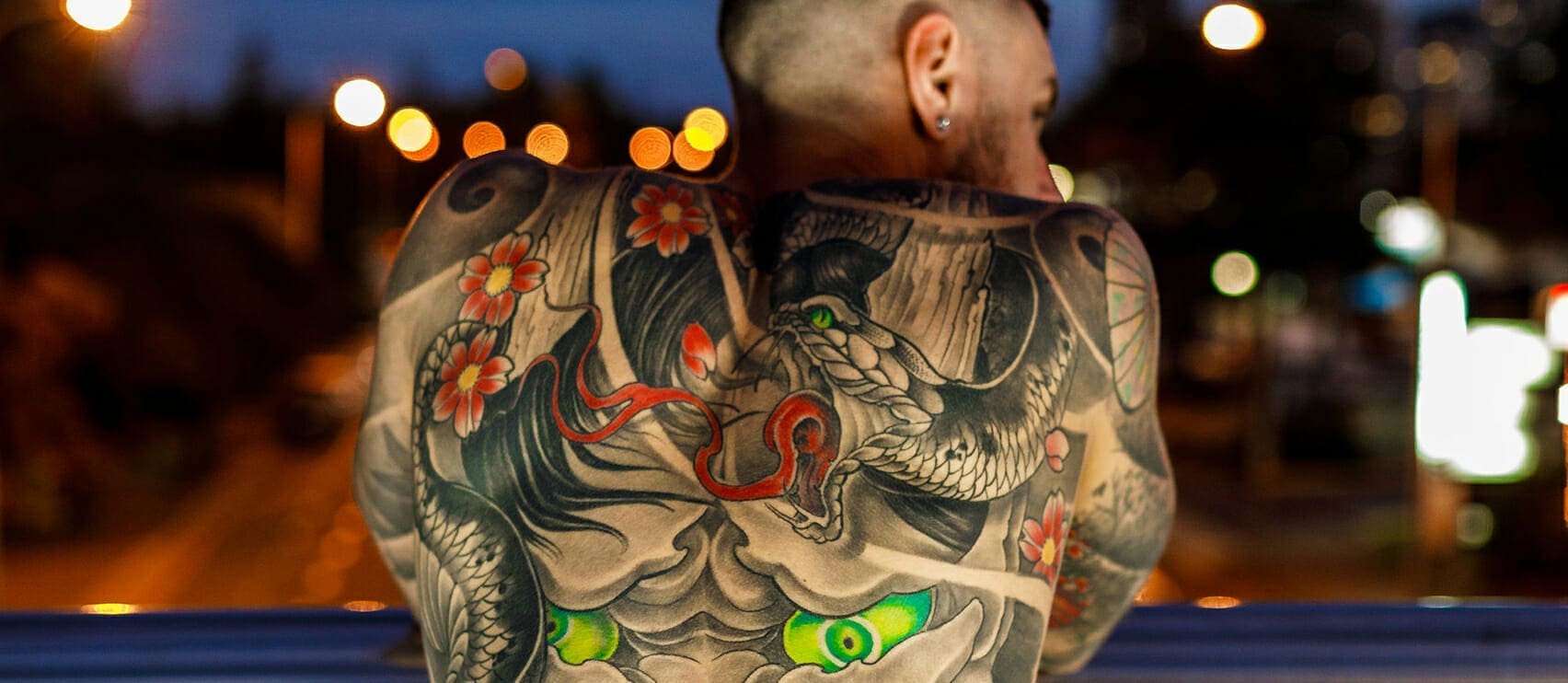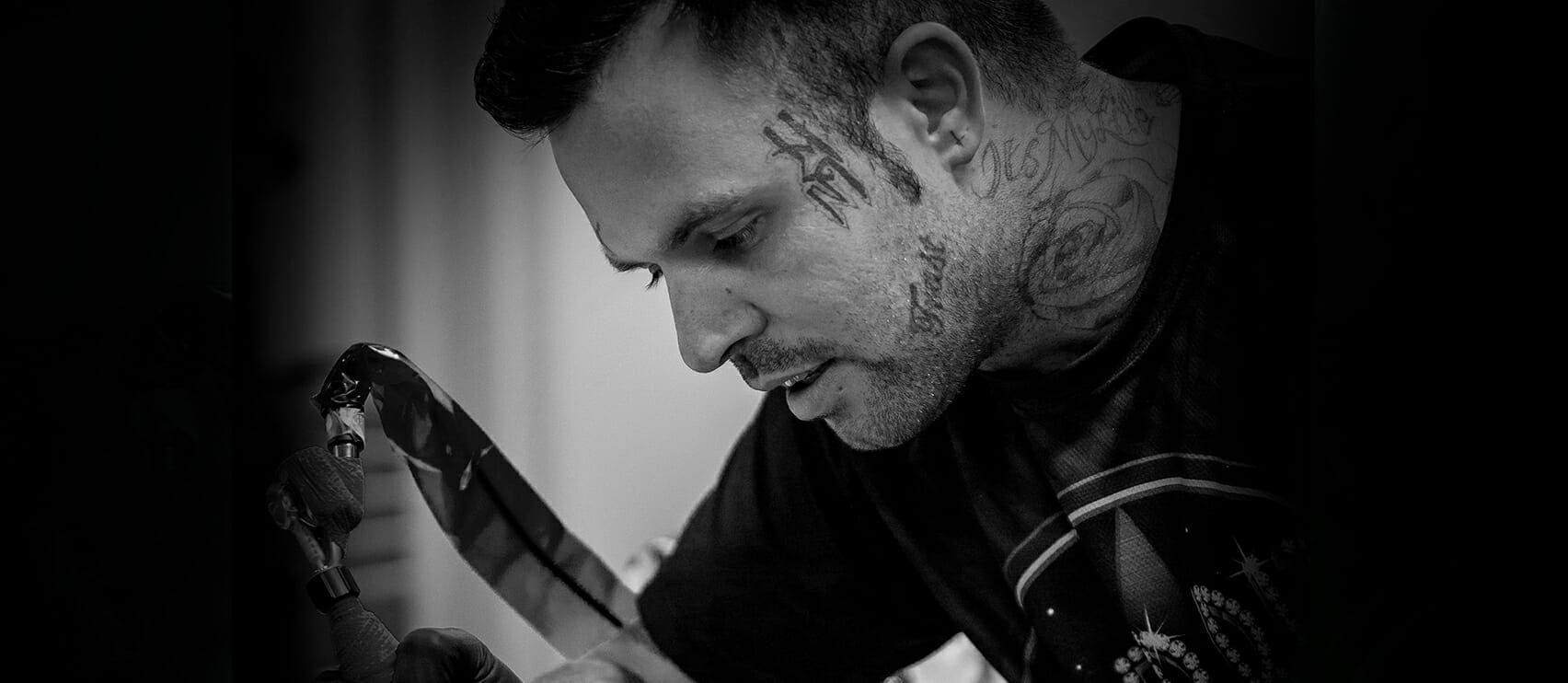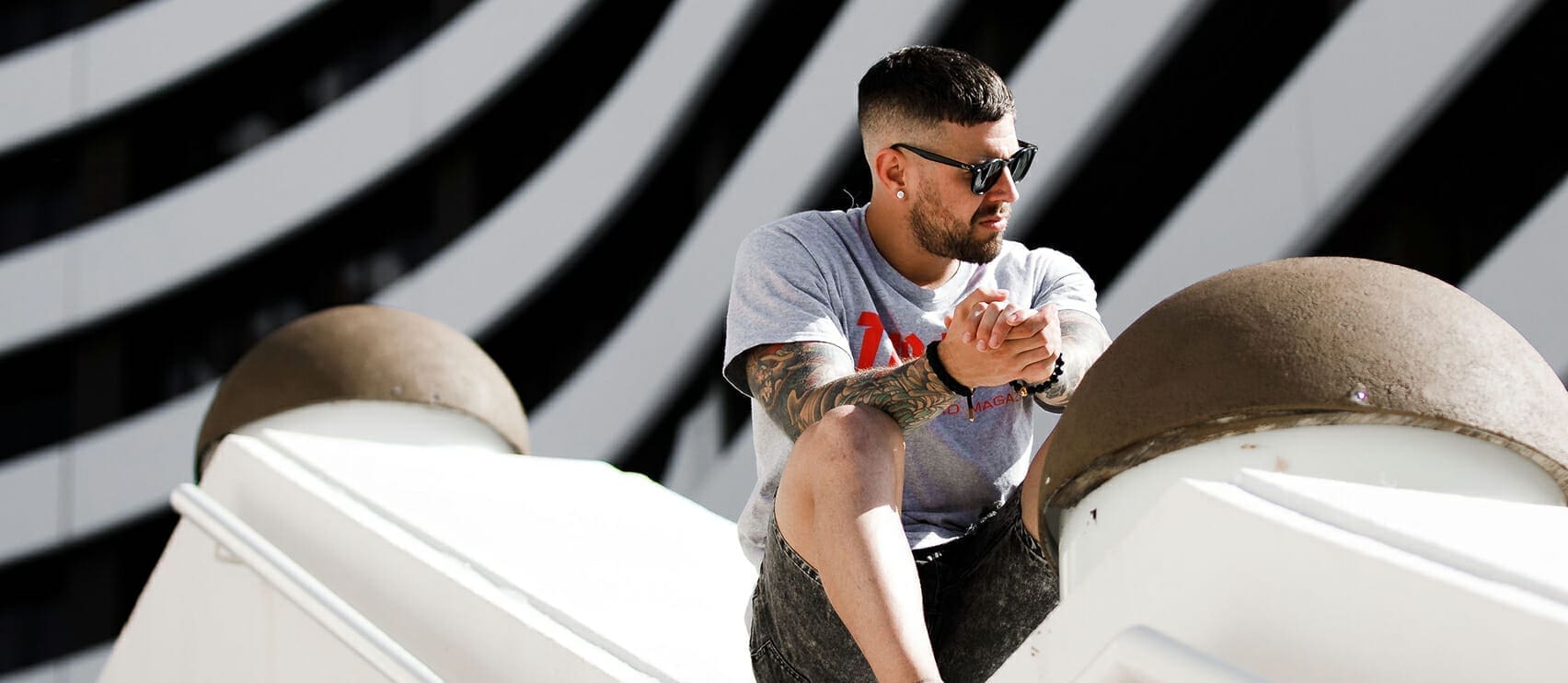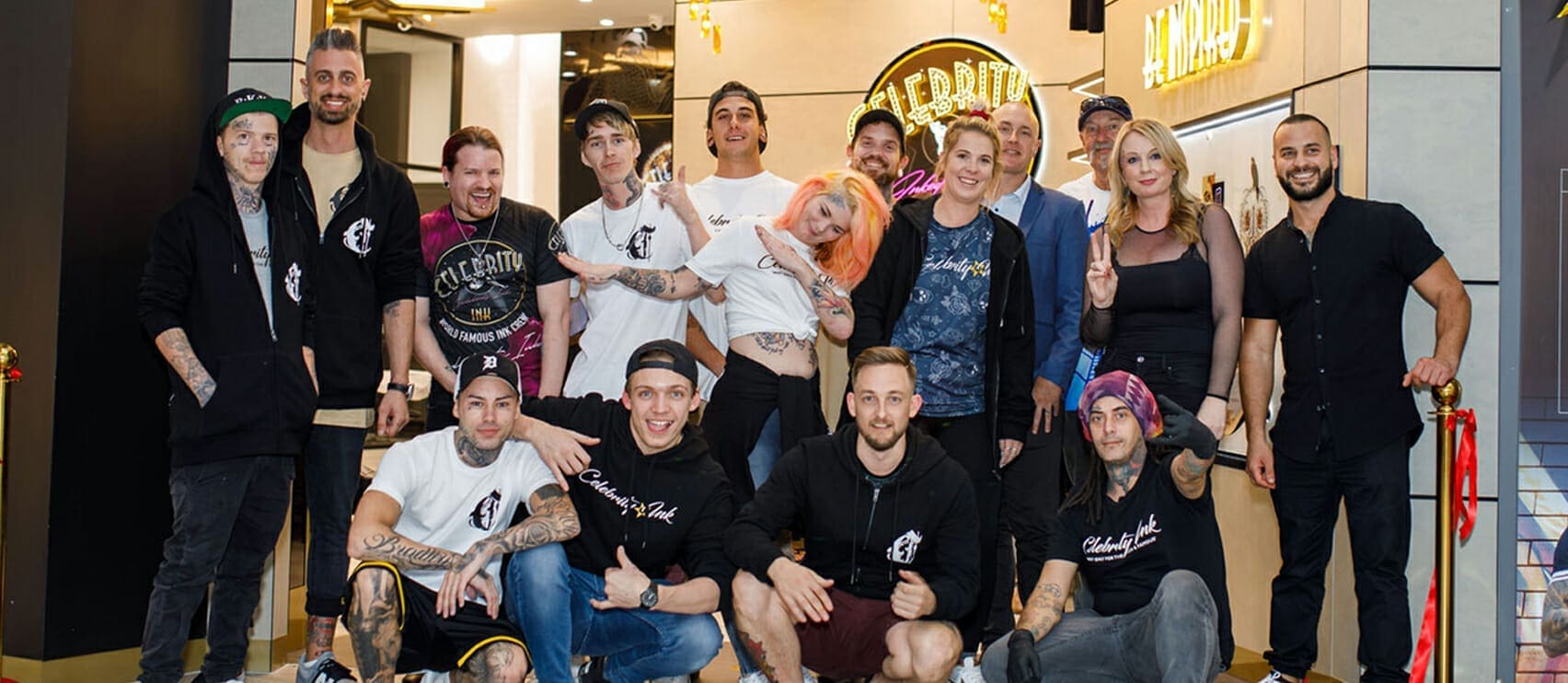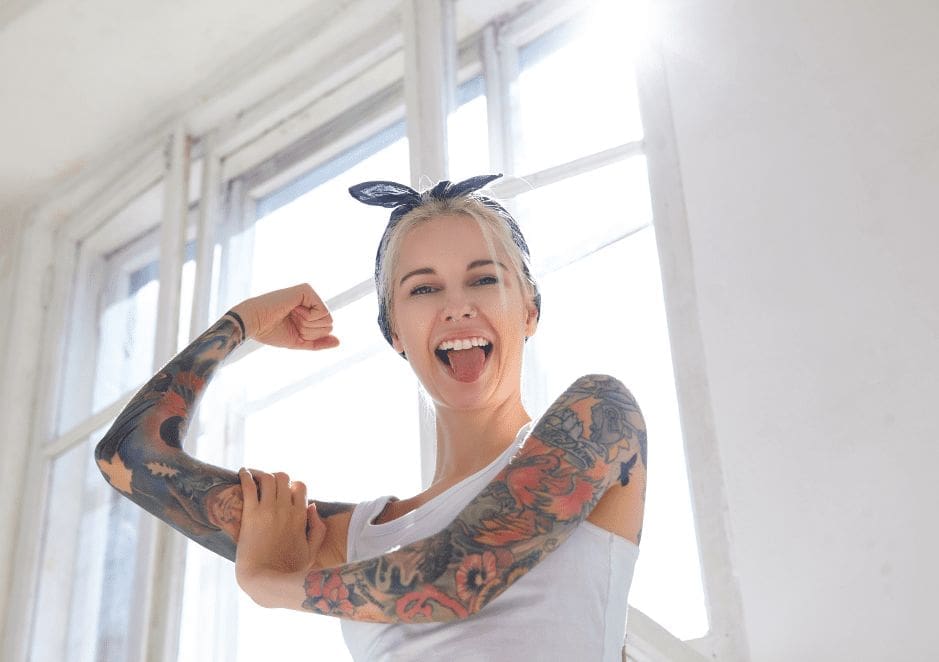While in Japan tattoos are taboo due to the related gang crime stigma, in Thailand the history of tattooing is strongly linked to the Buddhist religion and monks.
A strong display of this spiritual connection to body art happens in early March when a crowd of more than 10,000 people flock to the Buddhist temple of Wat Bang Phra, on the outskirts of the Thai capital of Bangkok.
Monks lead a special ceremony involving prayers and incantations, which become vibrant as devotees go into ‘trances’. It is said at this point, the followers are overwhelmed by their tattoos, becoming the mythical animals that have been imprinted onto their skin in traditional Thai style.
The entire ceremony is held to recognise the more than thousand-year-old tradition of tattooing, and is seen as a way to revere current and past tattoo masters.

Sak Yant tattoos
Although traditional Thai tattoos, also known as Sak Yant (which literally translates as ‘tattoo yantra’ with ‘yantra’ relating to the mystical images found in Dharmic religions), have been around for centuries, it wasn’t until the 1990s that this style of tattooing found its way to other countries.
It is believed the tattoo master and late monk Luang Por Phern Tidtakuno helped to spread the popularity for the tattooing tradition, which is now well-known among foreigners.
Celebrities including Angelina Jolie, Brooke Shields and Michelle Rodriguez have had their bodies inked in traditional Sak Yant style, raising awareness of this type of tattoo.

Tattooing a Sak Yant design
Traditionally, a Sak Yant tattoo is chosen for the wearer depending on both their position within the community and what their profession is. For example, a teacher would have a different tattoo to an artist.
In the age-old custom, a Sak Yant tattoo was originally placed on the skin through the use of a bamboo rod with a needle at the end. This needle is used to hammer in ink created from a mix of charcoal and snake venom, along with other ingredients thought to be sacred.
The stick and poke method
These days, snake venom is not an ingredient that can be found in modern Thai tattoo studios. Often visitors to these studios are given the choice between stick and poke tattoos, or machine-created designs. For the former, rather than using the traditional bamboo method, for hygiene reasons the equipment has been updated to stainless steel rods and modern ink.
The Celebrity Ink™ studios in Thailand carry out this traditional method of tattooing, and we also offer it in other studios around the world including in Surfers Paradise on the Gold Coast and in Melbourne.

How traditional Thai tattoos compare to machine tattooing
Although it might be tempting to embrace the Thai culture and get a traditional tattoo, it’s important to note the differences between stick and poke tattooing and tattoos done by machines.
Stick and poke tattoos have a tendency to fade faster while sometimes they take longer to do – which can mean they are more expensive. However, they don’t dig in as deep on the skin’s surface and therefore they can heal quicker than machine tattoos.
Still keen on a traditional Thai tattoo? Get in contact with us today to see how we can assist.




